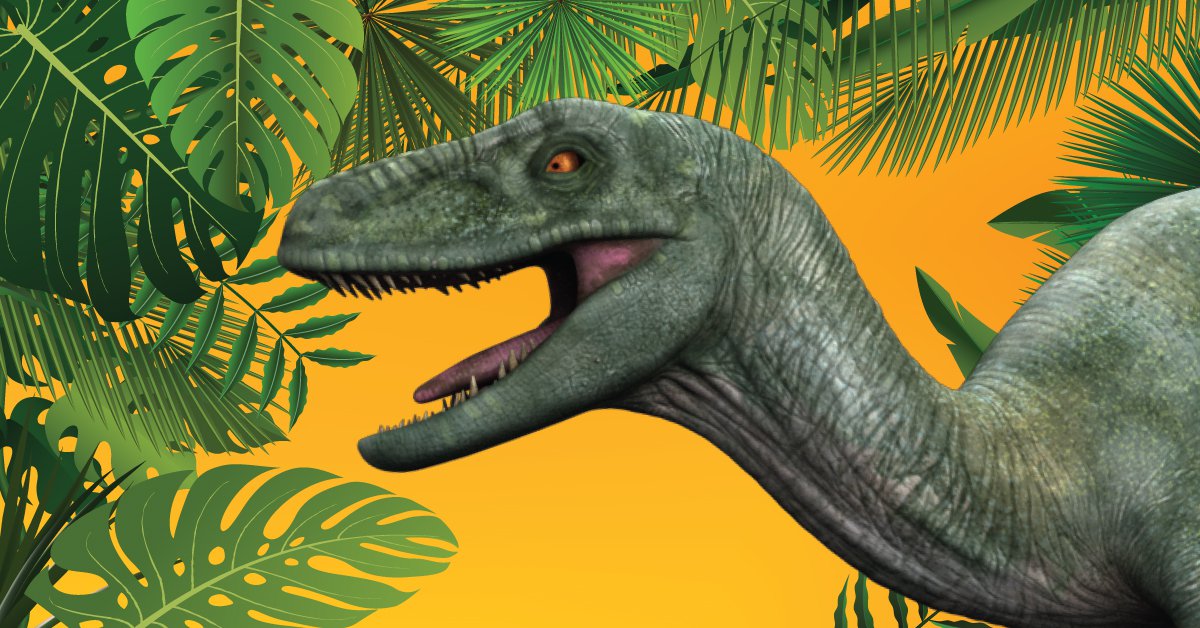Review: DinosAlive AR CapeGate
A futuristic gateway into the distant past.
The first time I encountered dinosaurs they seemed to be on the same level as aliens. No one seemed certain that they really existed, at least no one I knew. At the time dinosaurs were pictures and stories in a magazine, no 3-D simulations of how they would look if they were real, but rather technicolour cartoon depictions of giant reptiles. Drawings like this, together with the awkward pictures of old men in white hats posing next to what was supposedly real dinosaur bones, did little to convince me that dinosaurs were anything other than a fun figment of the imagination.
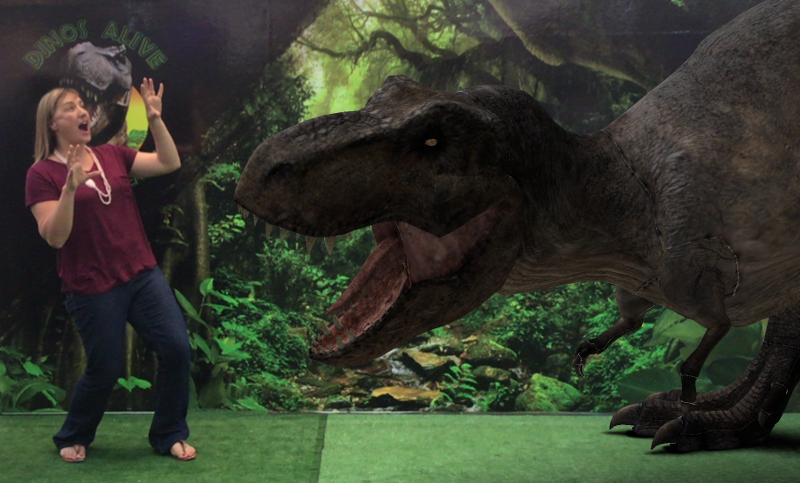
Over the years the drawings started to look more like the reptiles we know today, and somewhere outside my conscious awareness, the existence of dinosaurs became a fact (the poor aliens were left behind in fiction land). Somehow I cannot help but wonder if this turn of events were the result of greater discoveries in palaeontology or a happy coincidence fueled by ever more spectacular computer simulations. Whatever the reason may be, my fascination with these giants of the distant past remains.
The birth of a virtual reality
Not many years after I discovered dinosaurs, a much deeper fascination was born when the SABS started broadcasting science fiction movies and series on Sunday afternoons. One of these series was Star Trek. Even though the series never captured my imagination as it did with so many of my technologically inclined peers, one technology had me watching week after week. That technology was the Holodeck. The idea that you could generate and project any scene you could imagine in such a way that there would be no way to distinguish between that which is real and that which is projected amazed and excited me deeply. I desperately hoped to live long enough to experience the Holodeck for myself.
Today we are closer than ever to realizing my childhood dream. It started with the understanding of how humans perceive 3-D images as a result of the distance between our eyes and the subtle differences in the images interpreted by our brain as images with the added dimension of depth. This lead to the 3-D cinema where you wear glasses with different filters for each eye. From the early red and blue filters to the polarized lenses we have today. The essence remains the same, project a different image into each eye, and the brain does the rest.
To make the experience more immersive there had to be a way for people to not only see 3-D images on a screen, but to be able to turn their heads and look around a scene. This remained a hard problem to solve because screens were heavy and the resolution poor (if you remember putting your face close to the old box TV screens to see the red, green, and blue bars next to each other. In the last couple of years, we saw exponential growth in both the resolution and portability of screens. This revolution resulted in the ability to now take a smartphone and with a couple of cheap lenses project 2 separate pictures through the lenses into each eye, creating a personal view of the virtual world. It is just an added bonus that this device comes equipped with accelerometers that allow the device to track its movement in space, giving your personal Virtual Reality setup an added dimension of realism.
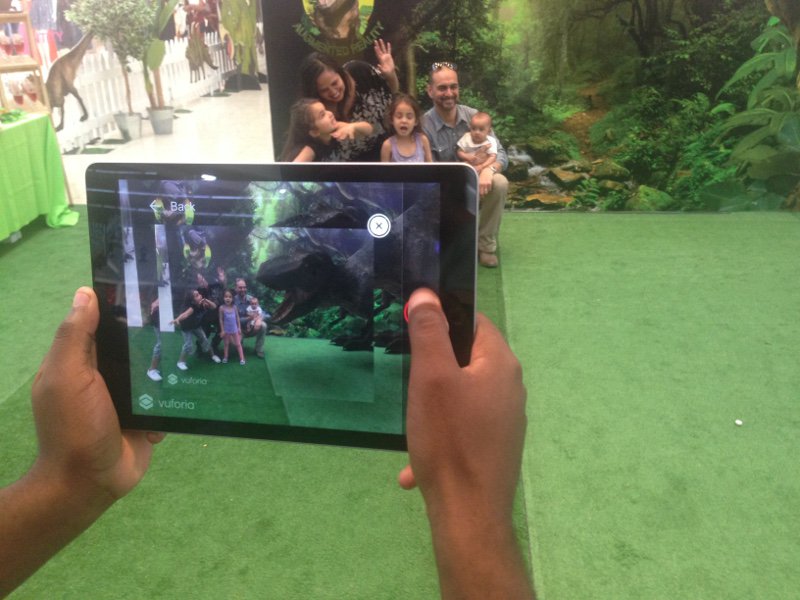
Now with Dinosaurs
Virtual Reality (VR for short) is our current step towards a fully immersive Holodeck, and it is a mighty fine one. Now we can finally, as the show in the 90s promised, walk with dinosaurs.
One of the main attractions at the CapeGate DinosAlive AR experience is the fact that they have about four sets of these personal VR devices available that allows you to take a stroll around the world during the time that dinosaurs roamed the earth. The more adventurous explorers can opt to take a virtual rollercoaster ride over mountains and past dinosaurs in all its depth.
It is not hard to imagine my younger self-getting lost in this virtual world of dinosaurs, but that is not the only interactions for you and your little ones to experience. The activation also offers some pretty fun Augmented Reality interactions. Augmented Reality (the AR in the DinosAlive AR) is an interesting interplay between the real-time camera data from a smart device, and the ability to place 3-D rendered objects into the scene from the camera. This allows you to take one of the many tablets on display, slip on the headset, and point the camera at the picture of the dinosaur in front of you, and instantly the dinosaur comes to life, moving and making noises while a narrator teaches you about the animal on display. A virtual pre-historic zoo. The same technology is used to allow you to have your picture taken with your favourite dinosaur (mine is the Triceratops).
A whole lot more for the family to do
At the DinosAlive AR expo, there are some other activities to capture a young imagination, like drawing your own dinosaur outline with a 3-D pen, you get to take your drawing home with you. There are also pictures of colour, a mechatronic dinosaur to ride and an awesome merchandise store to help you remember the experience for years to come. There is also a sandbox where your children can get a taste for the work involved with freeing these massive animals from their stony graves.
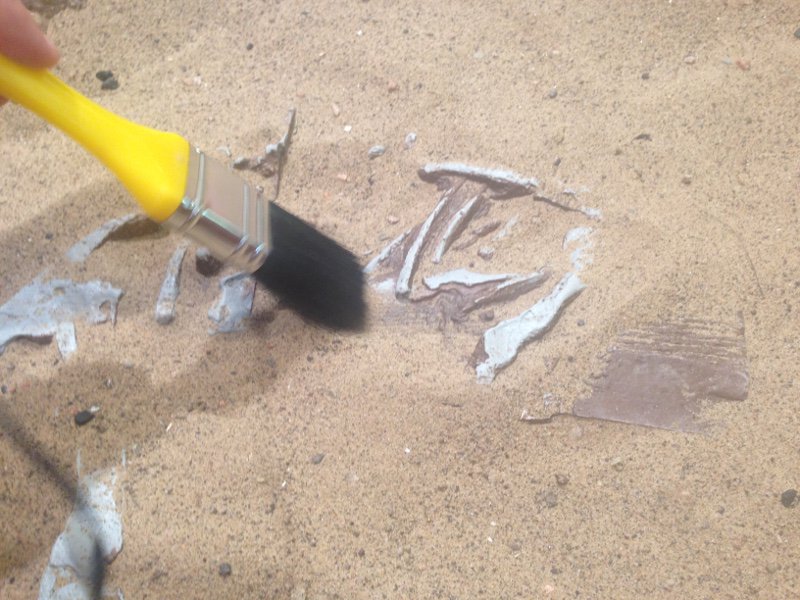
The most exciting part of the whole experience for me was the big screen they had set up right at the entrance. The projector is hooked up to a computer that takes a live video feed of the space in front of the screen and adds dinosaurs to the image. The screen effectively becomes a giant mirror and every now and then you can see dinosaurs of all shapes and sized run, walk, and jump in front of you. Sure the kids loved it, but none more so than myself.
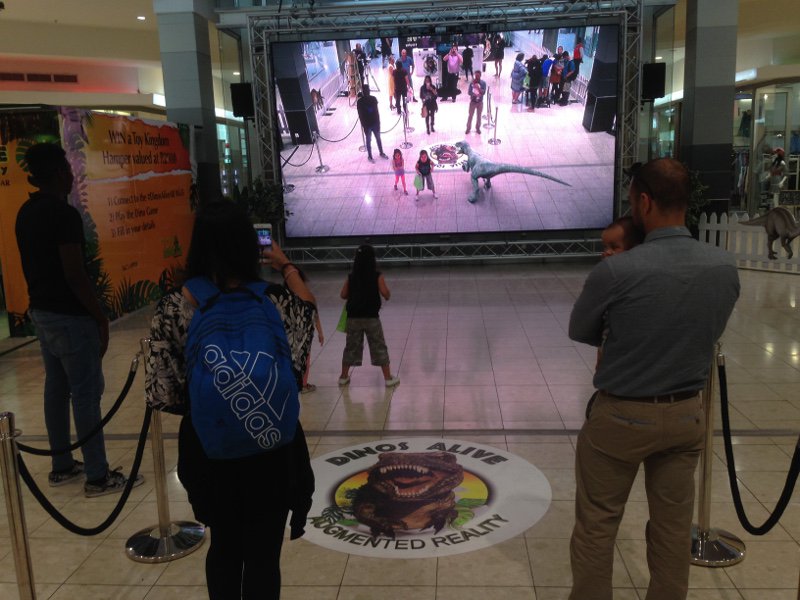
Do you want to stand a chance of winning tickets to DinosAliveAR?
We have teamed up with CapeGate to offer you a change of winning tickets to DinosAlive AR. Just head on over to our competition page to enter.


